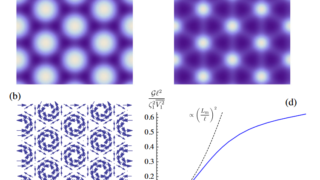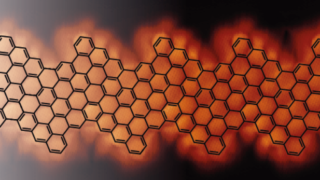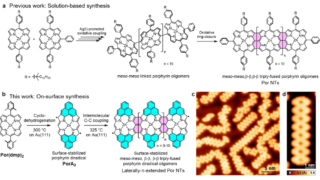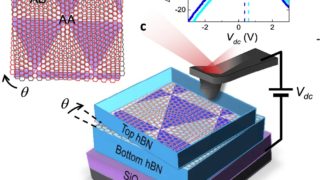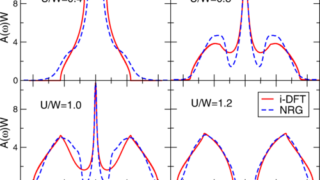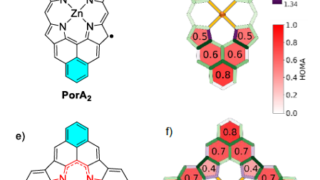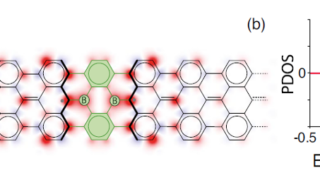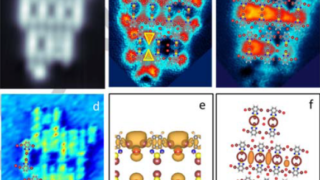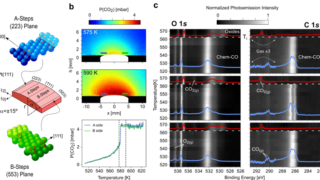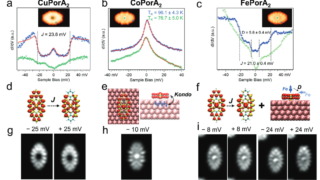
Open-shell organic systems that contain magnetically active transition metal ions
When talking about molecules, “open shell” signifies that there are unpaired electrons. In terms of molecular orbital theory, it means that some molecular orbitals are singly occupied. Organic open-shell compounds are extraordinarily attractive materials for their use in molecular spintronics. In spintronics, new memory and logic devices are being developed based on the use of […]
